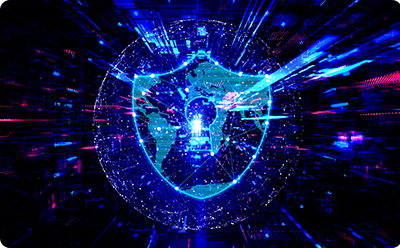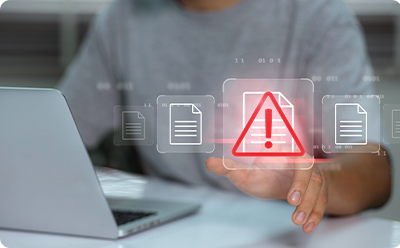Early Threat Detection
Spot and thwart malicious behavior before it becomes a major threat or breach.

Spot and thwart malicious behavior before it becomes a major threat or breach.

Elevate your overall security readiness and resilience.

Trust is built on a strong cybersecurity stance; be the organization that's trusted.

Detect and mitigate threats swiftly, minimizing potential damage and financial losses.

Swift response ensures incidents are contained and remediated quickly.

Protect customer data and confidential information with early threat response.

Gain comprehensive knowledge about your network's activities, events, and data flows for proactive improvements.

Threat detection aims to meticulously analyze and identify malicious activities within an organization based on system and network activities, potential risks, and vulnerabilities. Successfully achieving this objective empowers organizations to proactively counter various potential threats, enhancing cybersecurity management and risk operations.
The architecture of Threat Detection offers a framework for implementing technologies designed to identify, analyze, and respond to potential threats, thereby enhancing organizational security posture. This architecture is adaptable to the evolving threat landscape and organizational needs, providing an effective means of detection.
Ensuring a robust cybersecurity posture heavily relies on effective threat detection. Best practices for organizations include: 1. Log Management: Centralized collection and analysis of logs. 2. Threat Intelligence Services: Utilizing external threat intelligence to enhance detection capabilities. 3. Incident Management: Implementing processes to efficiently respond to incidents. 4. Automation & Orchestration: Streamlining and automating security tasks for rapid response. 5. UEBA (User and Entity Behavior Analytics): Monitoring and analyzing user and entity activities for enhanced threat detection. By comprehensively integrating these practices into the system, organizations can effectively detect and respond to threats. Solutions can be further tailored to meet the evolving cybersecurity needs of organizations.